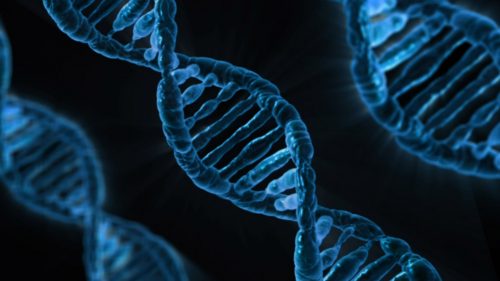Our understanding of development has been primarily derived from animal studies. Until recently, how our immune system develops have been largely unknown. However, this question is important to solve, as understanding human development has important implications in understanding childhood diseases, like leukemia and other childhood cancers. To start to solve this question, researchers from the Wellcome Sanger Institute and Newcastle University in the United Kingdom looked at cells from the fetal liver and other organs to obtain insights into how the fetal immune system develops.
Prof. Muzlifah Haniffa was among the researchers working on this task. To investigate the developing human immune system, the researchers “isolated cells from fetal liver, skin, kidney and yolk sac and performed a chemical reaction that allowed us to look at the RNA of individual cells,” said Prof. Haniffa. RNA (which contains the information that codes for the proteins that make the individual cells of our body unique) extracted by the researchers allowed them to identify the individual cells and observe how blood and immune cells differentiate from stem cells during development.
By performing the reaction on hundreds of thousands of cells from the liver, skin, kidney, and yolk sac cells (yolk sac cells are from a membrane found in embryos – much like the outside of an egg yolk), the researchers were able to identify developmental blood and immune cell components and create a “blueprint” of how these cells develop in the fetal liver. The researchers chose to study the fetal liver because it is the predominant site in early development where blood and immune cells differentiate, according to Prof. Haniffa.
This research has implications both in the study of diseases, in regenerative medicine and stem cell therapies. On regenerative medicine, Dr. Haniffa said, “We use a lot of bone marrow transplantation for leukemias and lymphomas particularly in adult life but the success rate of transplantation is still limited.” Stem cells that come from embryos are “supercharged,” or better and more effective stem cells, so this research can be used to determine the cellular properties of a “supercharged” stem cell state.
However, while this research greatly expands on what we know about the fetal liver and development, the researchers still don’t know if these developmental pathways are being used by disease. Future steps for the researchers would involve investigating diseases and comparing them to the blueprint the researchers obtained of what is actually going on during development.
“You can correlate the childhood leukemic cells that can arise before birth to their developmental counterparts,” said Prof. Haniffa. Understanding these diseases using these findings may help researchers determine the developmental stages of cancer as they are arising.

